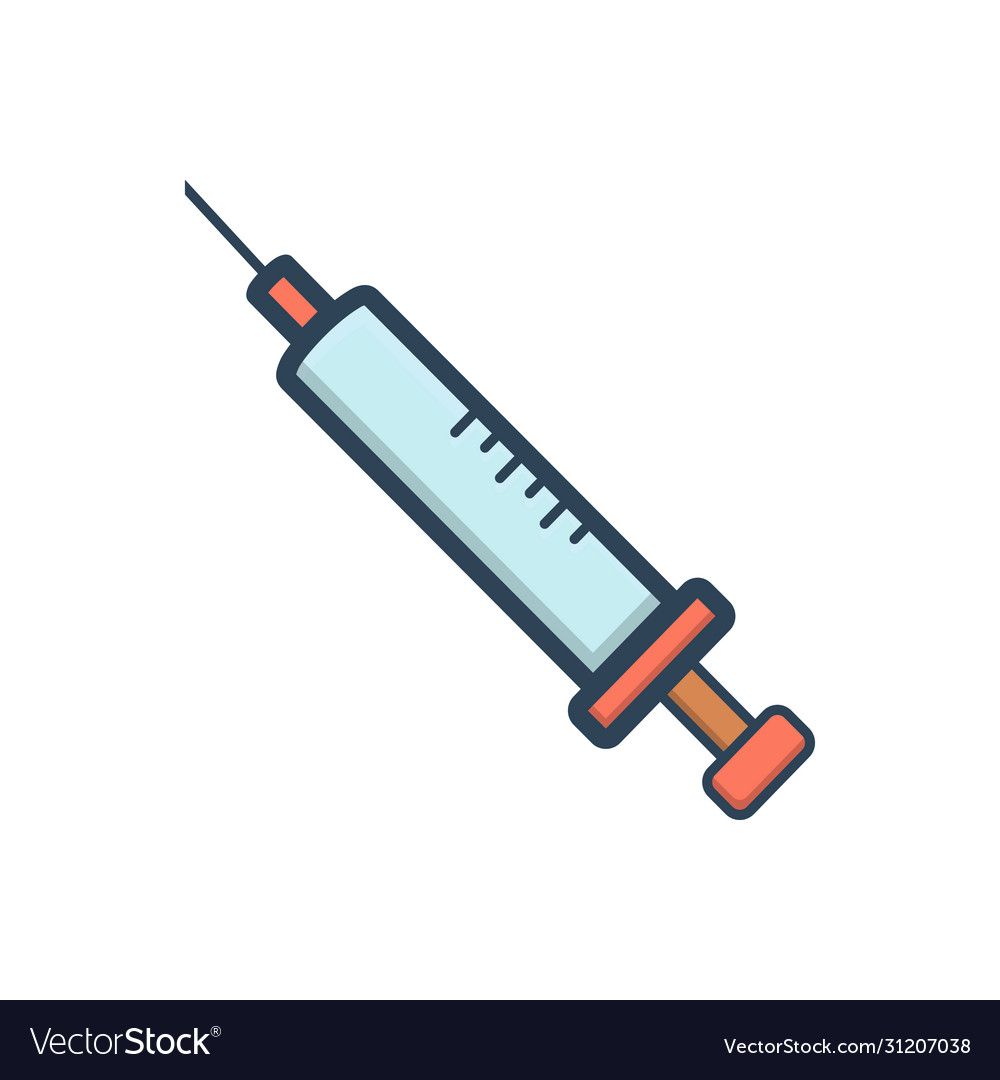Methylprednisolone Acetate
Indications
Methyl Prednisolone Acetate is indicated in the treatment of asthma, atopic dermatitis, contact dermatitis, bullous dermatitis herpetiformis, mycosis fungoides, pemphigus, severe erythema multiforme, primary or secondary adrenocortical insufficiency, hypercalcemia associated with cancer, nonsuppurative thyroiditis, ulcerative colitis, hematologic disorders, palliative management of leukemias and lymphomas, sympathetic ophthalmia, keratitis, allergic conjunctivitis, Juvenile rheumatoid arthritis, ankylosing spondylitis, symptomatic sarcoidosis, aspiration pneumonitis.
Pharmacology
Methylprednisolone binds to and activates intracellular glucocorticoid receptors. Activated glucocorticoid receptors bind to promoter regions of DNA (which may activate or suppress transcription). Unbound glucocorticoids cross cell membranes and bind with high affinity to specific cytoplasmic receptors, modifying transcription and protein synthesis. By this mechanism, glucocorticoids can inhibit leukocyte infiltration at the site of inflammation, interfere with mediators of inflammatory response, and suppress humoral immune responses. The antiinflammatory actions of corticosteroids are thought to involve phospholipase A2 inhibitory proteins, lipocortins, which control the biosynthesis of potent mediators of inflammation such as prostaglandins and leukotrienes.
Dosage And Administration
1. Administration For Local Effect:
Rheumatoid and Osteoarthritis: The dose for intra-articular administration depends upon the size of the joint and varies with the severity of the condition in the individual patient. The doses in the following table are given as a general guide:
- Large Size of joint (Knees, Ankles, Shoulders): 20 to 80 mg
- Medium Size of joint (Elbows, Wrists): 10 to 40 mg
- Small Size of joint (Metacarpophalangeal, Interphalangeal, Sternoclavicular, Acromioclavicular): 4 to 10 mg.
Miscellaneous (Ganglion, Tendinitis, Epicondylitis): The dose in the treatment of the various conditions of the tendinous or bursal structures varies with the condition being treated and ranges from 4 to 30mg. In recurrent or chronic conditions, repeated injections may be necessary.
Dermatological Conditions: 20 to 60mg of the suspension is injected into the lesion. It may be necessary to distribute doses ranging from 20 to 40mg by repeated local injections in the case of large lesions. One to four injections are usually employed, the intervals between injections varying with the type of lesion being treated and the duration of improvement produced by the initial injection.
2. Administration For Systemic Effect: In patients with the adrenogenital syndrome, a single intramuscular injection of 40mg every two weeks may be adequate. For maintenance of patients with rheumatoid arthritis, the weekly intramuscular dose will vary from 40 to 120 mg. The usual dosage for patients with dermatologic lesions benefited by systemic corticoid therapy is 40 to 120 mg of methylprednisolone acetate administered intramuscularly at weekly intervals for one to four weeks. In acute severe dermatitis due to poison ivy, relief may result within 8 to 12 hours following intramuscular administration of a single dose of 80 to 120mg. In chronic contact dermatitis, repeated injections at 5 to 10 day intervals may be necessary. In seborrheic dermatitis, a weekly dose of 80mg may be adequate to control the condition. Following intramuscular administration of 80 to 120 mg to asthmatic patients, relief may result within 6 to 48 hours and persist for several days to two weeks. Similarly in patients with allergic rhinitis (hay fever), an intramuscular dose of 80 to 120mg may be followed by relief of coryzal symptoms within six hours persisting for several days to three weeks.
3. Multiple Sclerosis: In treatment of acute exacerbations of multiple sclerosis, daily doses of 160 mg of methylprednisolone for a week followed by 64mg every other day for 1 month have been shown to be effective (4mg of methylprednisolone is equivalent to 5mg of prednisolone). Or, as directed by the registered physician.
Interaction
Convulsions have been reported with concurrent use of methylprednisolone and cyclosporine. Drug that induce hepatic enzymes such as phenobarbital, phenytoin and rifampicin may increase the clearance of methylprednisolone. Drug such as troleandomycin and ketoconazole may inhibit the metabolism of methylprednisolone and decrease its clearance. Methylprednisolone may increase the clearance of chronic high dose aspirin. There are reports of enhanced as well as diminished effects of anticoagulant when given concurrently with corticosteroids.
Contraindications
Methylprednisolone acetate sterile aqueous suspension is contraindicated for intrathecal administration. It is also contraindicated in systemic fungal infections and patients with known hypersensitivity to the product and its constituents.
Side Effects
Congestive heart failure in susceptible patients, hypertension, sodium retention, muscle weakness, osteoporosis, peptic ulcer with possible subsequent and hemorrhage, abdominal distention, increased sweating, convulsion, vertigo, headache, menstrual irregularities, secondary adrenocortical and pituitary unresponsiveness, increased intraocular pressure, glaucoma, allergic or hypersensitivity reactions, urticaria, hyperpigmentation or hypopigmentation.
Pregnancy And Lactation
Pregnancy Category C. Since adequate human reproduction studies have not been done with corticosteroids, the use of these drug in pregnancy, nursing mothers, or women of childbearing potential requires that the possible benefits of the drug be weighed against the potential hazards to the mother and embryo or fetus.
Precautions And Warnings
Corticosteroids should be used cautiously in patients with ocular herpes simplex, nonspecific ulcerative colitis, renal insufficiency, hypertension, osteoporosis and myasthenia gravis.
Therapeutic Class
Glucocorticoids
Storage Conditions
Store between 20-25° C.

